|
Columbine Gallery's John Kinkade was featured in Southwest Art's May issue about the upcoming Colorado Governor's Art Show and Sale. John has been the Governor’s Show Board and Show Committee events director for the past six years, and he explains in the article many of the changes he and his team have made to revitalize the show to appeal to today's art collectors and showcase Colorado artists to the fullest. This year marks 30 years. Grab a Southwest Art magazine to read more, then check out the show which runs from May 22nd to June 27th at the Loveland Museum. Learn more.... governorsartshow.org/ click "buy tickets" to reserve your time in advance. Several Columbine Gallery artists are in this years show, Denny Haskew is a Legacy Artist, other invited artists from Columbine are Mark Bailey, James Biggers, Jane DeDecker, Kim English, Clay Enoch, Daniel Glanz, Alyson Kinkade, Wayne Salge, Sandy Scott, Stephen Shachtman, you can spot them on the show's website. governorsartshow.org/selected-artists/ "This month, art lovers and collectors are invited to celebrate the 30th anniversary of the Governor’s Art Show & Sale, one of the largest juried fine-art exhibitions to exclusively showcase artists from Colorado. The 60 artists selected from 250 applicants exhibit four works each for a total of about 240 artworks, created in such media as oil, watercolor, pastel, acrylic, bronze, metal, and mixed media. Sponsored by the Loveland and Thompson Valley Rotary Clubs and endorsed by the governor of Colorado, the show is on display at the Loveland Museum in downtown Loveland. John W. Kinkade—the longtime owner of Columbine Gallery in Loveland and the director of the National Sculptors’ Guild—took the helm as the Governor’s Show Board and Show Committee events director six years ago when asked to breathe fresh life into this decades-long Colorado tradition. He and his team have done just that, and Kinkade attributes the show’s success in recent years to several factors. “One of the first areas we wanted to refocus on was making it a truly juried show, with fresh eyes each year from a blind jury reviewing the quality of the artwork,” he says. “Another factor that helped elevate the quality is our Legacy Artists component. These are artists who have participated in Governor’s Shows in years past and whose reputation and careers have grown greatly since. They are often looked up to as exemplars and mentors. Inviting them to exhibit in the Governor’s Show raises the level of excellence for all, while giving up-and-coming talent an incredible opportunity to show alongside them.” This year’s Legacy Artists are painter Daniel Sprick and sculptor Denny Haskew, two internationally recognized artists from Colorado with numerous honors, awards, and museum collections to their respective credit. In addition, 11 new artists join the show’s roster for the first time this year, and several more return from previous shows, including Jody Ahrens, last year’s Best of Show winner. Among the participants are Anna Rose Bain, Jane Hunt, Carol Jenkins, Kim Mackey, Sandy Scott, and Mark Thompson. Artwork is sold on a first-come, first-served basis both at the museum (advance ticket purchase is required to visit) and on its website. An outdoor Opening Night Gala takes place on Friday, May 21, for a small group of sponsors and patrons. A portion of the proceeds benefit the Thompson Education Foundation’s Homeless Assistance Fund as well as scholarships for local art students. In conjunction with the Governor’s Show, a Plein Air Festival & Auction takes place on Saturday, June 5, in Foundry Plaza just a few blocks from the museum. Approximately 50 participating artists paint the town from 10 a.m. to 3 p.m., followed by live entertainment and an auction of the fresh new work at 4 p.m. This free festival gives patrons a chance to see the plein-air process in action and take home an artful piece of the downtown Loveland urbanscape." –Allison Malafronte contact information 970.670.0035 www.governorsartshow.org This story appeared in the May 2021 issue of Southwest Art magazine. https://www.southwestart.com/events/governors-show-may2021 #ColoradoGovernorsArtShow #JohnKinkade #ArtExhibit #CelebrateColoradoArtists #LovelandMuseum
#LovelandColorado #RotaryInternational #JuriedShow #Gala #FineArt #InstaArtwork #Polis #ContemporaryArt #JuriedShow #LegacyArtists #ShopOnline #AddToYourCollection #ArtWorthCollecting #CollectorsCorner #LinkInBio #EnhanceYourHome #BuyOriginal #DennyHaskew #JamesBiggers #JaneDeDecker #KimEnglish #ClayEnoch #DanielGlanz #AlysonKinkade #WayneSalge #SandyScott #StephenShachtman # #ArtCollectorsAreOurPeople #LiveWithArt #FeedYourCreativeSpirit
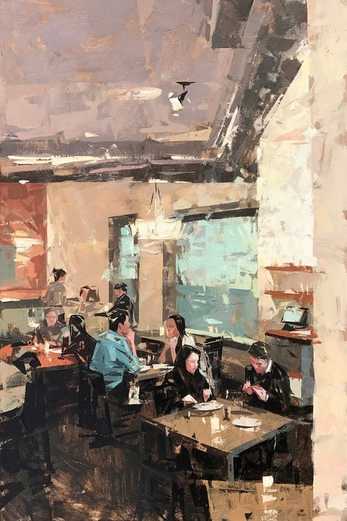 A Night Out by Mark Bailey A Night Out by Mark Bailey Congratulations to Columbine Gallery's painter Mark Bailey selected by Southwest Art Magazine as 1 of 10 'Artists to Watch in 2017' featured in the January issue on newsstands now. click here for the full article "Mark Andrew Bailey refuses to be pigeonholed when it comes to defining his style..... ...Using a music analogy, he compares the brush stroke to a note, and the way each note is played is what creates the complexity or interest in a piece.... ...'I’m drawn to the human element and subject matter that is easily relatable,” he says, then adds, “A lot of art has gone negative and dark, but I have always wanted to create things that bring people joy.”... ...While Bailey has been turning heads on a national level, winning Best of Show at the 2015 Governor’s Art Show in Loveland, CO, is extremely meaningful to the Loveland native. 'I grew up here,' he says. 'Going to the show is what exposed me to people who were doing this for a living. Now to be back in Colorado and to be eligible and then accepted into the show, let alone to win this award, it feels like I’ve come full circle.'... —Laura Rintala " #ArtistsToWatch #SouthwestArtMagazine #MarkBaileyPainting #ArtWorthCollecting #FeedYourCreativeSpirit #ColumbineGallery |
JK Designs, Inc.JK Designs, Inc. serves as the design team for the National Sculptors' Guild. Owned and operated by the father-daughter team of John & Alyson Kinkade, we have placed over 550 significant public art statements since 1992. Shop securely online or contact us to commission something unique. Archives
February 2024
Categories
All
|
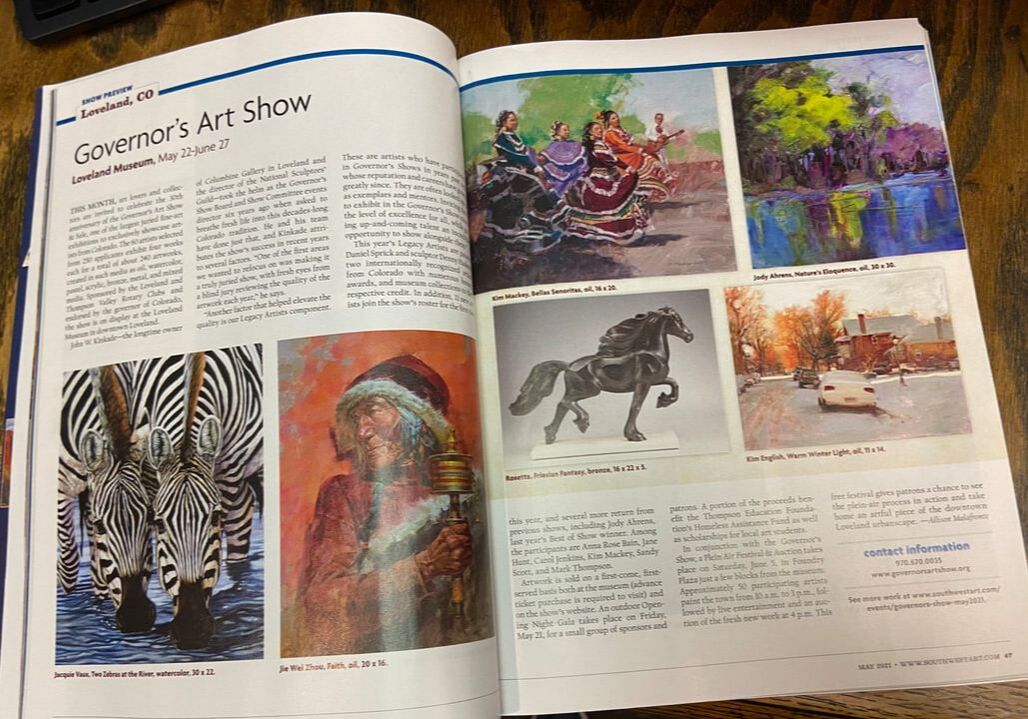
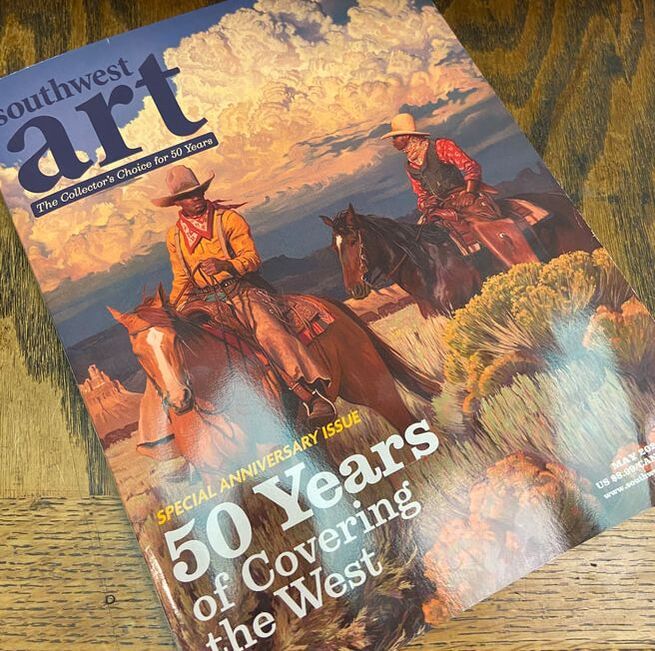
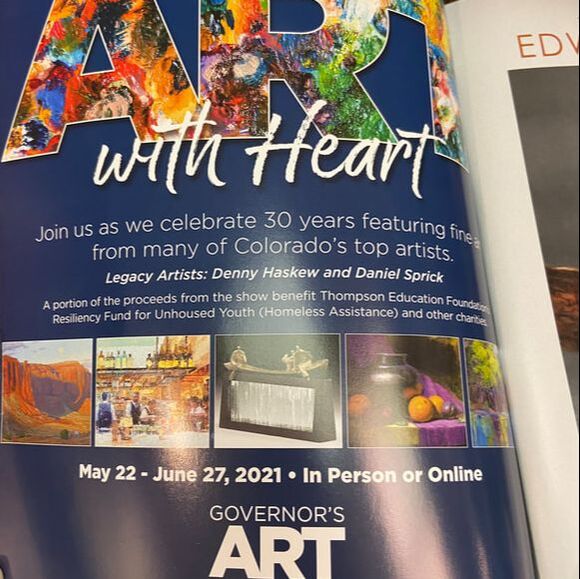
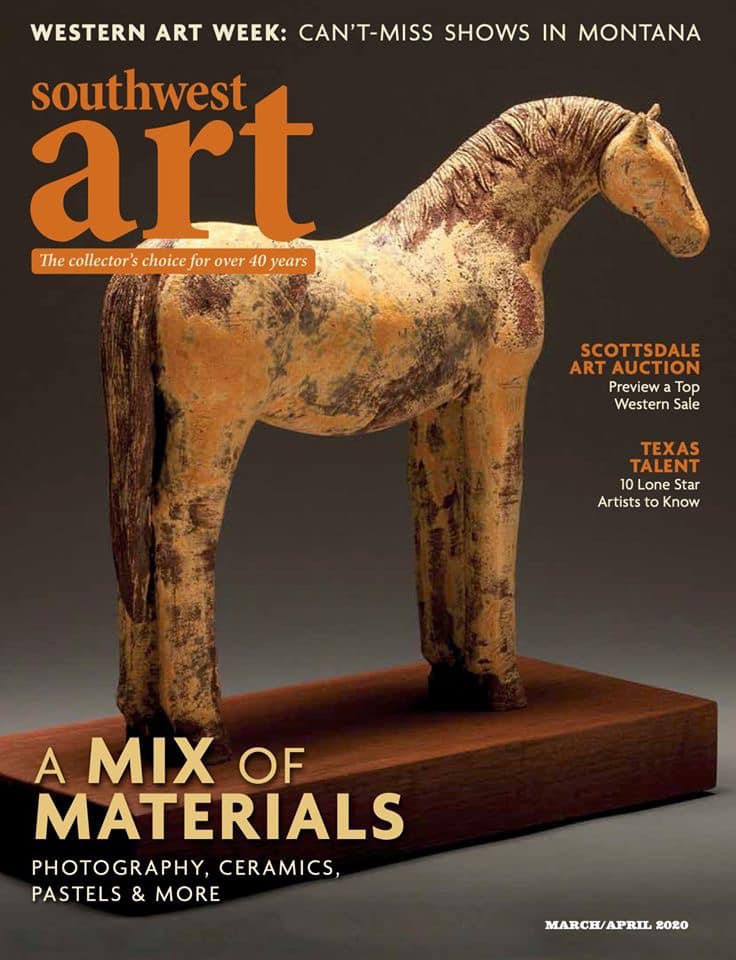
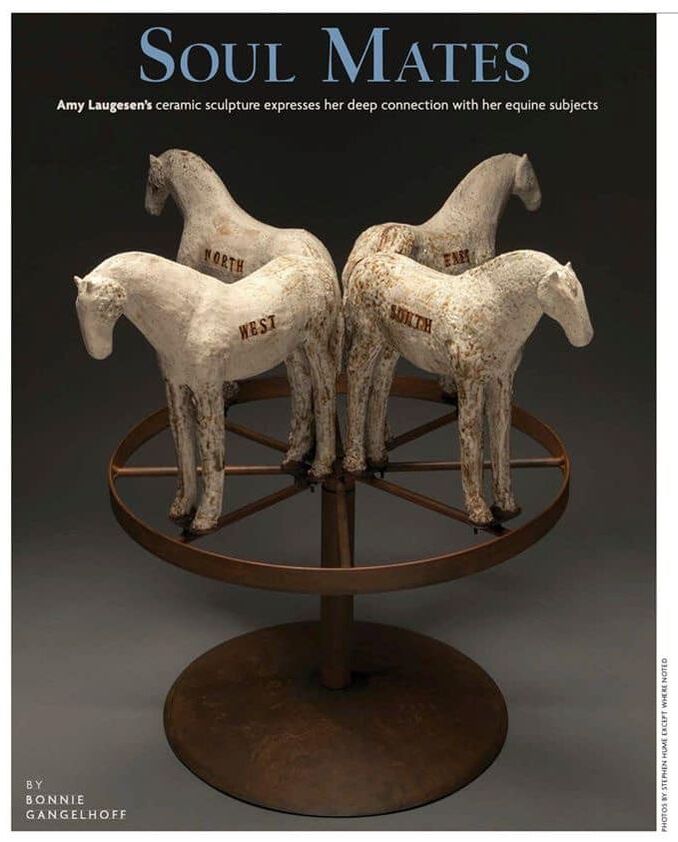
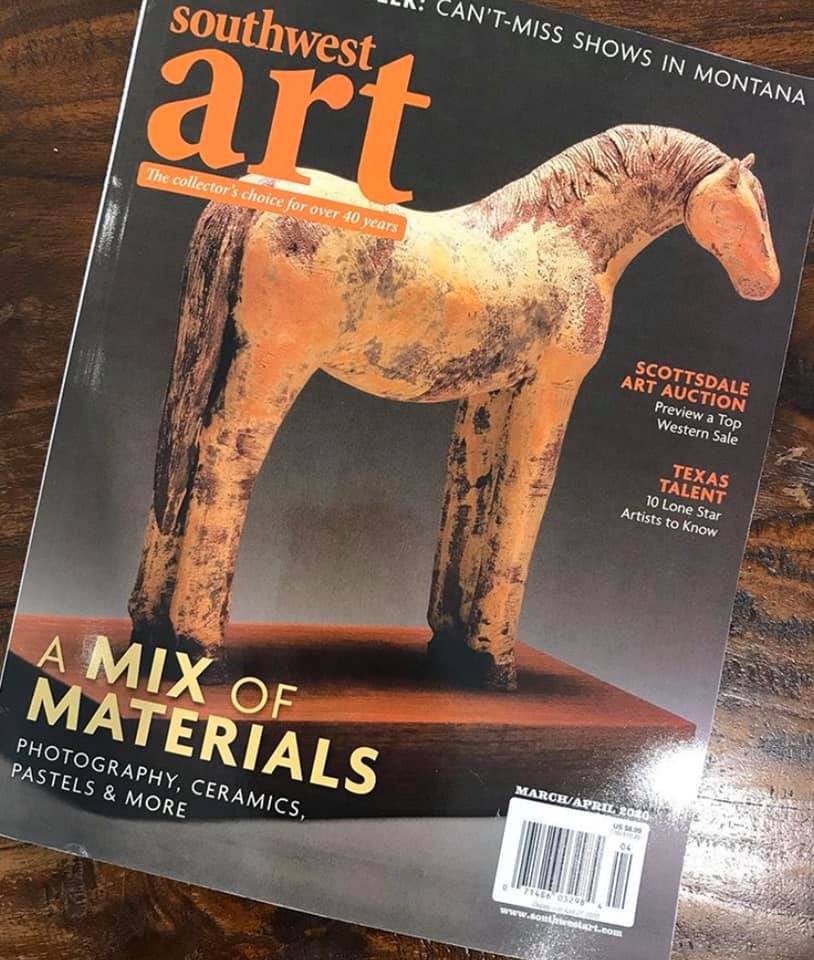
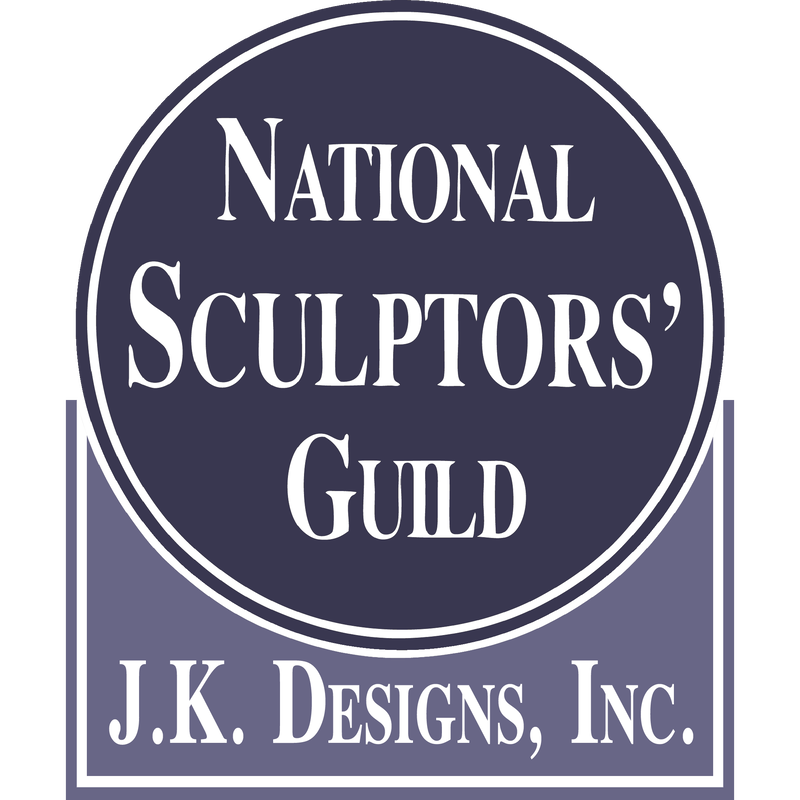
 RSS Feed
RSS Feed
